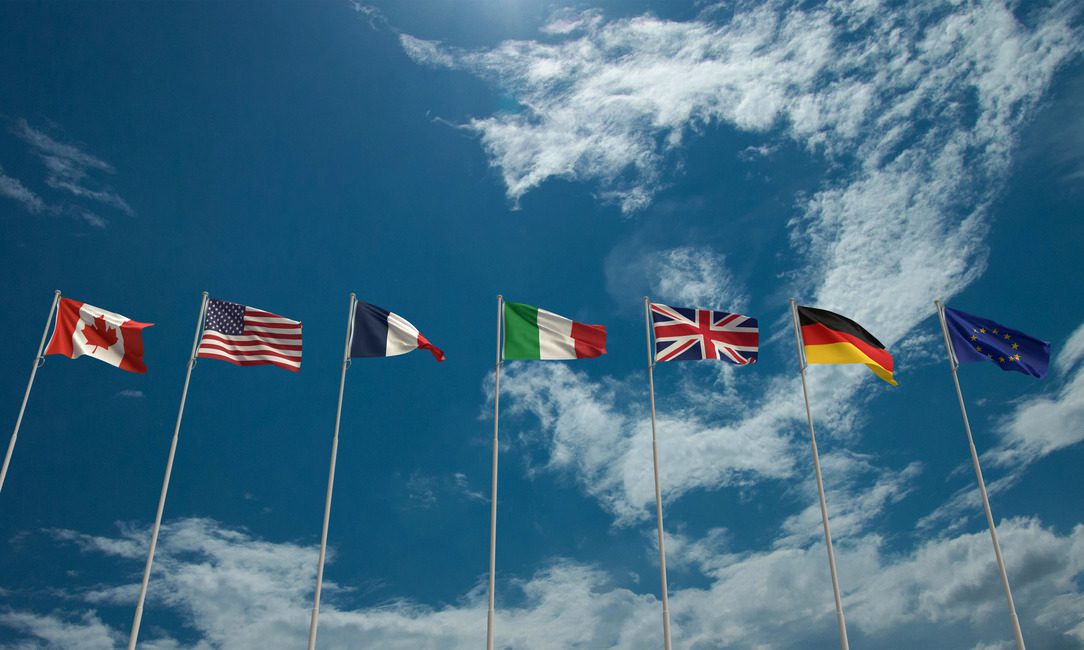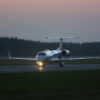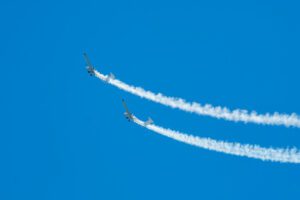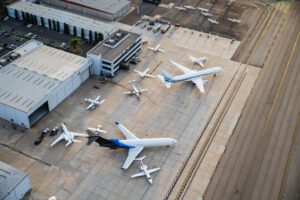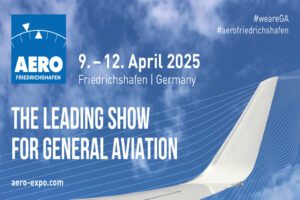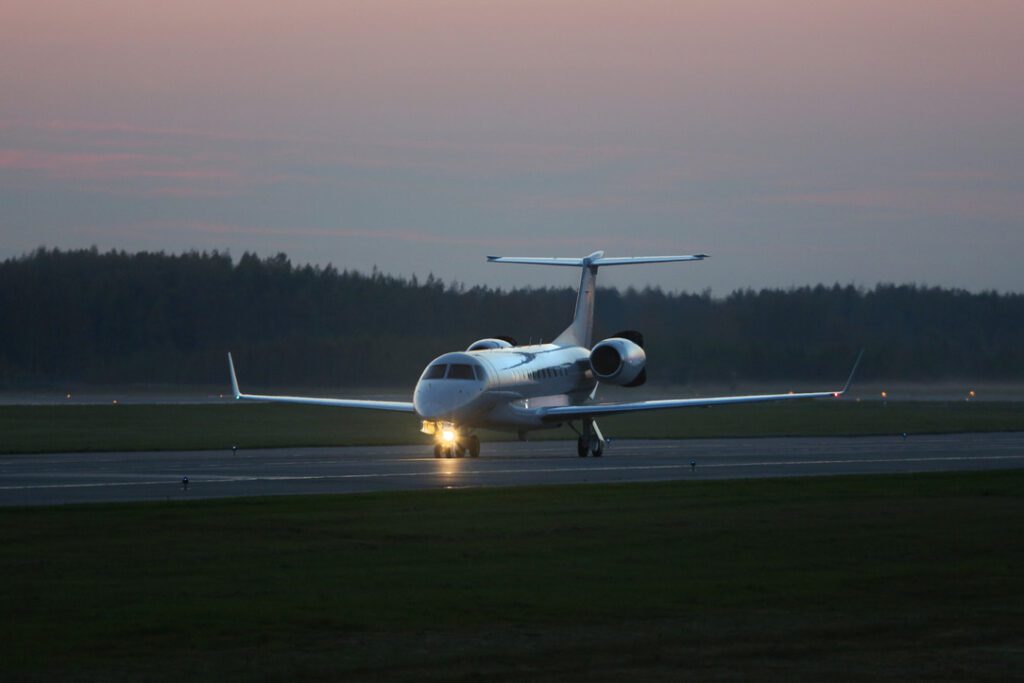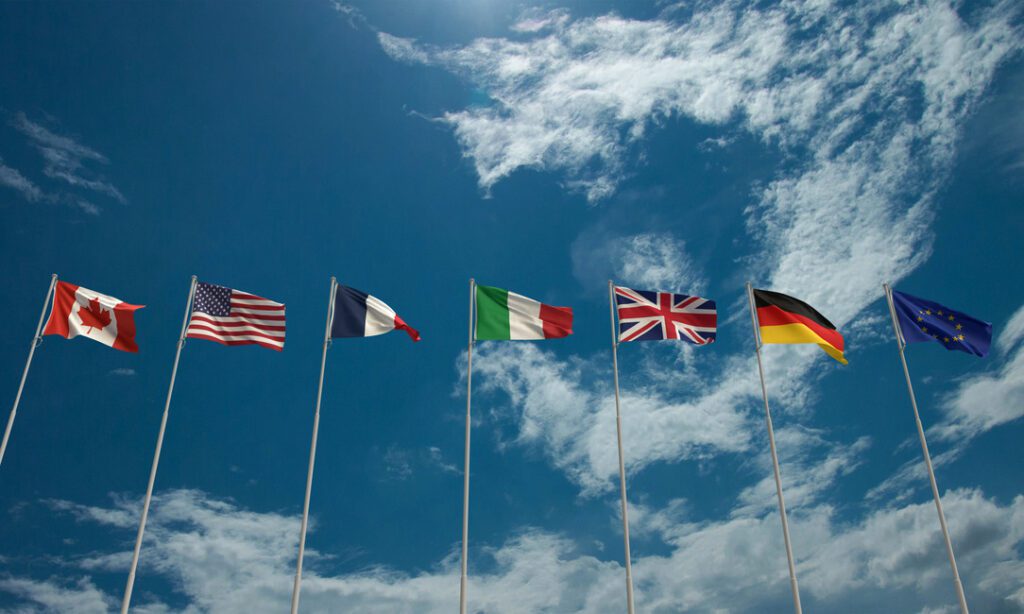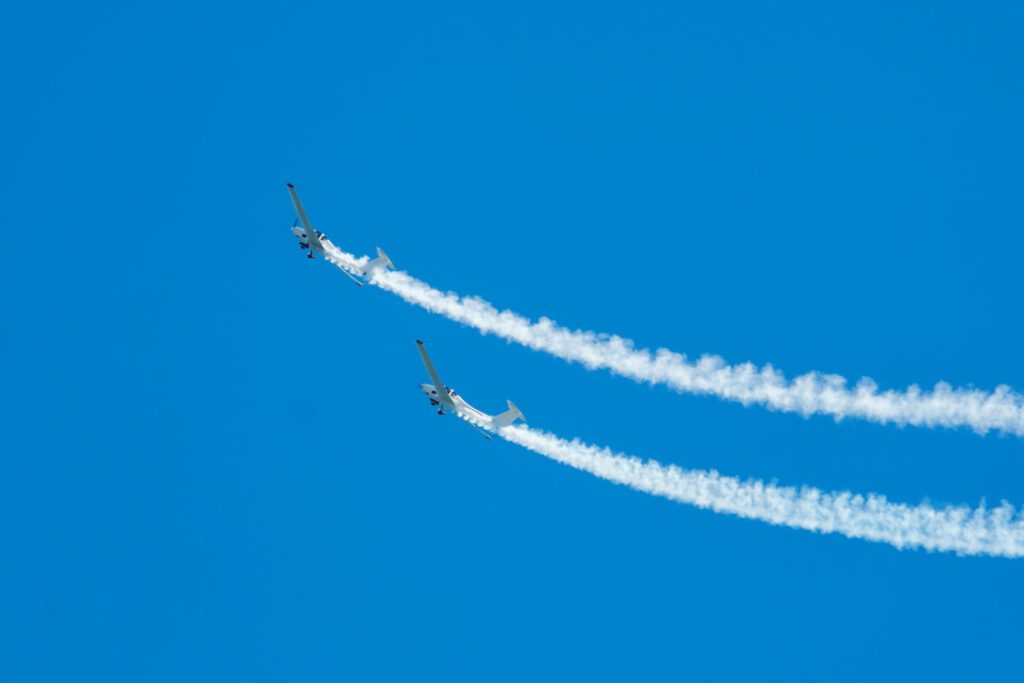European avionics and aerospace industries are experiencing a renewed wave of mergers and acquisitions (M&A) thanks to the renewed trade hostility between the U.S. and Europe, more specifically due to the influence of Trump.
Post COVID-19, the United States and the European Union have once again started imposing sanctions on each other’s trade. European companies are now facing fiercer competition from US firms. This is driving them to form mergers in order to cope with the newly imposed taxes. This has further aggravated the contractions suffered by these systems during the pandemic.
The Reinstated Trade Conflict
Trump has resurrected his “America First” agenda by importing tariffs on foreign goods, including aerospace components.
The renewed trade conflict seems to be forcing companies on both sides of the Atlantic to reassess where their operations are based. Importing integrated aviation systems from Europe is now blasting U.S manufacturers with burdensing import taxes. The economic sanctions have severely forced European businesses to rethink and re-strategize their entire model. The same goes for American businesses as the stranglehold from these policies means the sales are not being constrained.
Through mergers and acquisitions, companies like Germany’s Hensoldt and France’s Thales are trying to expand scale and exploit synergies. These actions are not simply reactive; they are attempts to capture new markets and customers who are witnessing supply chain injuries on the part of the U.S.
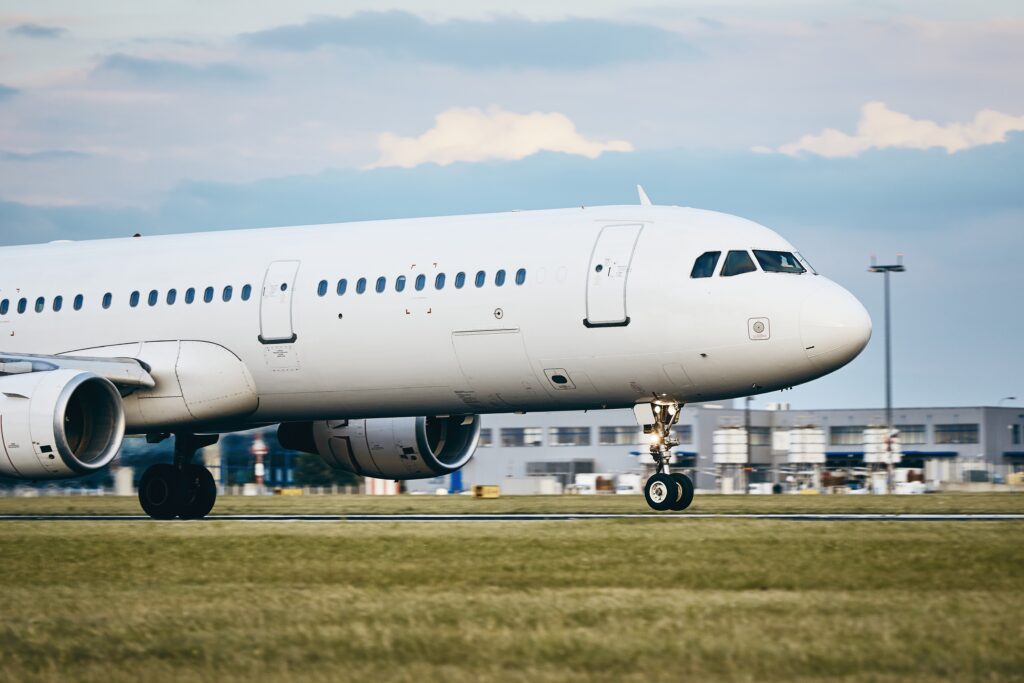
Airbus’ Response To The New System
Airbus, the European aviation conglomerate, serves as a particularly illustrative example. Even if not all tariffs directly targeted them, Airbus has started to pull supply chains and change delivery routes to circumvent tariff traffic jams. Some in the industry suggest that the company plans to step up production in some partner countries outside the EU to reduce access challenges to the American market.
Other European manufacturers are also looking to increase their use of local subcontractors to decrease reliance on transatlantic routes and decrease exposure to future geopolitical risks.
A Great Opportunity For European Avionics?
Even though complicated geopolitical relations dominate, the conflict might be an impulsive stimulus for the European avionics market. European companies are ready to step in as these new tariffs are likely to slow down the American market players. Activity around the M&A is anticipated to persist beyond 2025 as companies scramble to fortify their presence in the region’s avionics sector.
Analysts predict the development of pan-European avionics platforms will compete against the older U.S. systems from Honeywell and Collins Aerospace, focusing on Airbus jets, military programs, and unmanned aerial systems (UAS).
Conclusion
The new trade policies initiated by Trump have intensified conflicts with Europe. However, they have also triggered changes across Europe’s avionics industry. As businesses begin to merge and start new innovations to adapt to changing circumstances, the industry is expected to become more self-sufficient and competitive than ever. For now, it is uncertain if this will lead to sustainable growth or increased instability, but one thing is for sure. Europe is in the process of changing its aerospace strategy in real-time.

